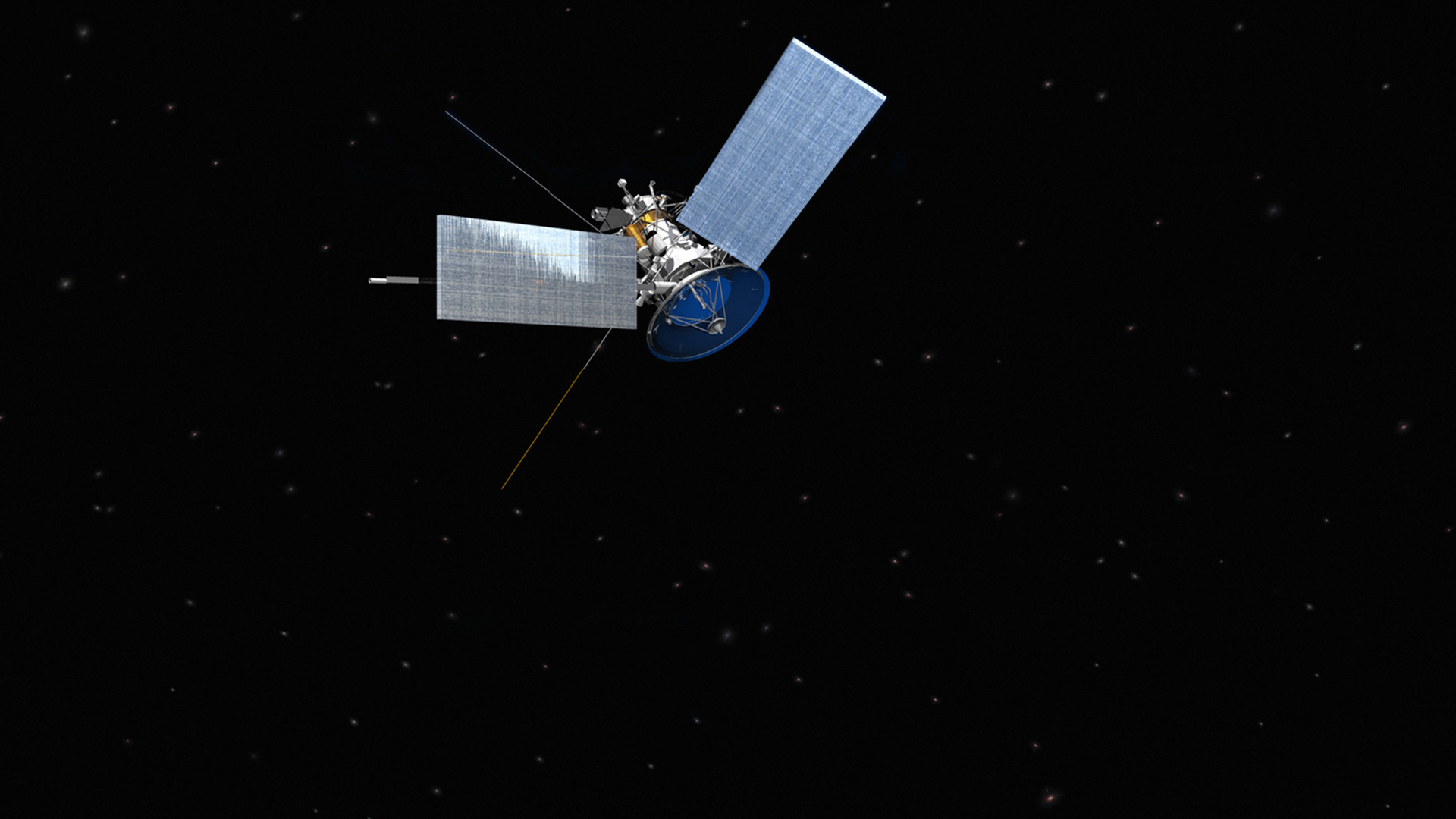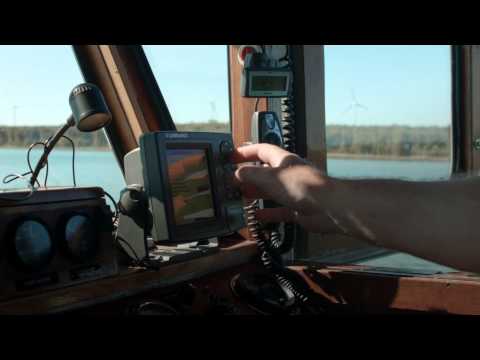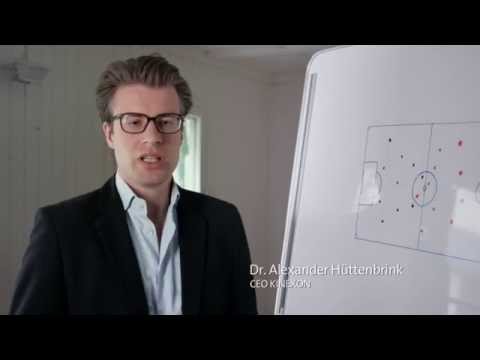Patents and space technologies
Last updated: 25.3.2020
Space science and exploration remains a key mission for agencies in some 50 countries, working in fields ranging from aerodynamics and advanced navigation to next-generation telecommunications, aerospace, healthcare and space farming. A costly investment for both private and public backers, it is considered a "key strategic sector" which nurtures a growing list of space-based commercial activities, according to the OECD.
In 2019 the downstream market for space-based products and services was estimated to be worth around €250 billion, although it could be much more. Some 45% of these revenues are generated by commercial satellite services, including satellite fixed services (€16.2 billion), mobile satellite services (€3.6 billion), satellite radio (€5.2 billion), broadband (€2.1 billion), commercial remote sensing (€1.9 billion), and television (€85.3 billion).
Patents: Connecting space tech to Earth applications
In a competitive global market, innovation is more important than ever to keep Europe at the forefront. Patents are vital to this - ensuring R&D investments are rewarded, giving incentives for future research. The EPO's Espacenet database is full of published space-related European patent applications - with more than 4800 related to sat nav technologies alone.
The economy is a big beneficiary of new innovations, products and services evolving from space R&D. Space has a crucial role for the economy and society, including the environment, combating climate change, public and civil security, humanitarian and development aid, transport and the information society. In 2017, an estimated 1 million people were employed in the space sector, with 350 000 full-time employees in the US, 200 000 the Russian Federation and 60 000 in Europe.
We can see this in our own lives, where satellite navigation (GPS in our cars and smartphones), Earth observation (think of Google Maps), and space spin-offs (such as high-tech fabrics and new medical technologies) have become mainstream. As the following three films about Eomap, Giaura and Kinexon show, innovative companies need patents to protect their ideas. Without this protection, businesses that invest in expensive development work to advance the technologies that improve our lives could be undercut by competitors.
When space technology falls to Earth it has a positive impact on competitiveness, growth and job creation - as well as enriching our lives with new, useful services and products - and patents are instrumental to space tech making its way from ‘pie in the sky' to the phone in your hand.
Videos
There is clearly more to space science and technology than stargazing, rockets and shiny satellites orbiting the planet. Satellites and space programmes do of course help us peer further into space than ever before, discovering new celestial bodies or tracking debris. But they also keep a watchful eye on Earth, helping us observe changes and revealing new features and insights into how we can safeguard the planet.
The following three films highlight the fascinating terrestrial applications for such ‘heavenly technology', from humble things like better tomato crops to pinpointing footballers' attacking patterns to advances in how we ‘visualise' and use satellite images taken of Earth.
Terrestrial applications
... when space tech falls to Earth: technologies, materials and processes developed for use in space exploration, the International Space Station or for satellites which have alternative ‘terrestrial applications'
Earth observation
... more than meets the eye: myriad uses of satellites to improve our knowledge of the Earth's surface, helping us manage the environment, respond faster to disasters, even map archaeological digs
Navigation & positioning
... keep in close touch: ever more technologies and applications rely on satnav technology ... and how we rely on them today to keep in touch, get around safely and more



